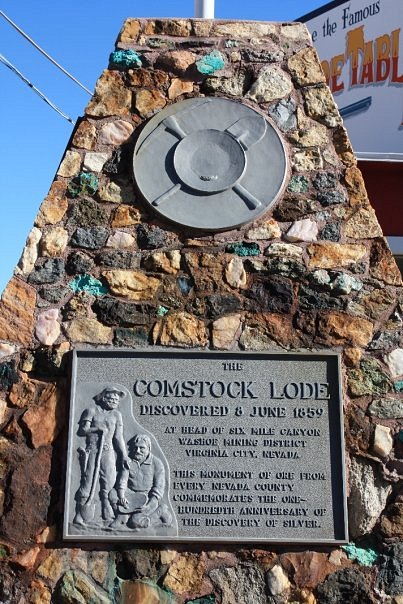
Reno’s history has played a significant role in shaping its present identity and culture. Reno’s journey from a small settlement to a bustling city is marked by several key historical events:
- Early Beginnings: Reno’s history began in the mid-19th century when the land along the Truckee River was inhabited by Washoe and Paiute peoples. The area served as a resting point for travelers heading to the California gold fields, and the Truckee Meadows offered an oasis for their animals.
- Railroad and Growth: The construction of the transcontinental railroad through the area in 1868 was a pivotal event in Reno’s development. It transformed the city into an important commercial center and a transfer point for wealth from the Comstock Lode.
- Gaming and Divorce Capital: In the early 20th century, Reno gained notoriety as a destination for quick divorces under Nevada’s lenient laws, earning it the moniker “divorce capital.” The legalization of casino gambling in 1931 further shaped its reputation and economy, with the city filling with gambling establishments.
- Modern Diversification: Despite its “sin city” reputation, Reno has a multifaceted economy that includes transportation, education, and technology. The city has worked to reinvent itself as a hub for recreation, entertainment, and culture, with a thriving tourist industry that goes beyond casinos to include year-round resorts in the nearby mountains.
These historical elements have contributed to Reno’s unique character, blending its past as a tough little town on the Truckee with its present as a diverse and vibrant city. The city’s ability to adapt and reinvent itself continues to influence its trajectory into the future.
Comstock Lode

The Comstock Lode is a significant part of American mining history, particularly for its impact on Nevada’s development. Here are some key points about the Comstock Lode:
- Discovery: The Comstock Lode was discovered in June 1859 in Nevada, which was then part of western Utah Territory. It was the first major discovery of silver ore in the United States.
- Impact: The discovery sparked a silver rush, similar to the gold rush, with prospectors flocking to the area. This led to the establishment of mining camps that grew into bustling towns like Virginia City and Gold Hill.
- Mining Innovations: The Comstock Lode is known for spurring advances in mining technology, such as the method of square-set timbering and the Washoe process for extracting silver from ore.
- Economic Boom: The lode’s output was so significant that it justified the establishment of a U.S. branch mint in Carson City, which operated until 1893.
- Statehood for Nevada: The wealth generated by the Comstock Lode was a factor in the admission of Nevada as a state in 1864.
- Decline: After peak years of production in the 1870s, the lode’s output declined, and the lower levels were flooded in 1882, leading to a decrease in mining activity.
The Comstock Lode not only generated immense fortunes but also played a crucial role in the growth of Nevada and San Francisco. Its legacy continues to be remembered for the profound economic and technological impact it had during its peak years.